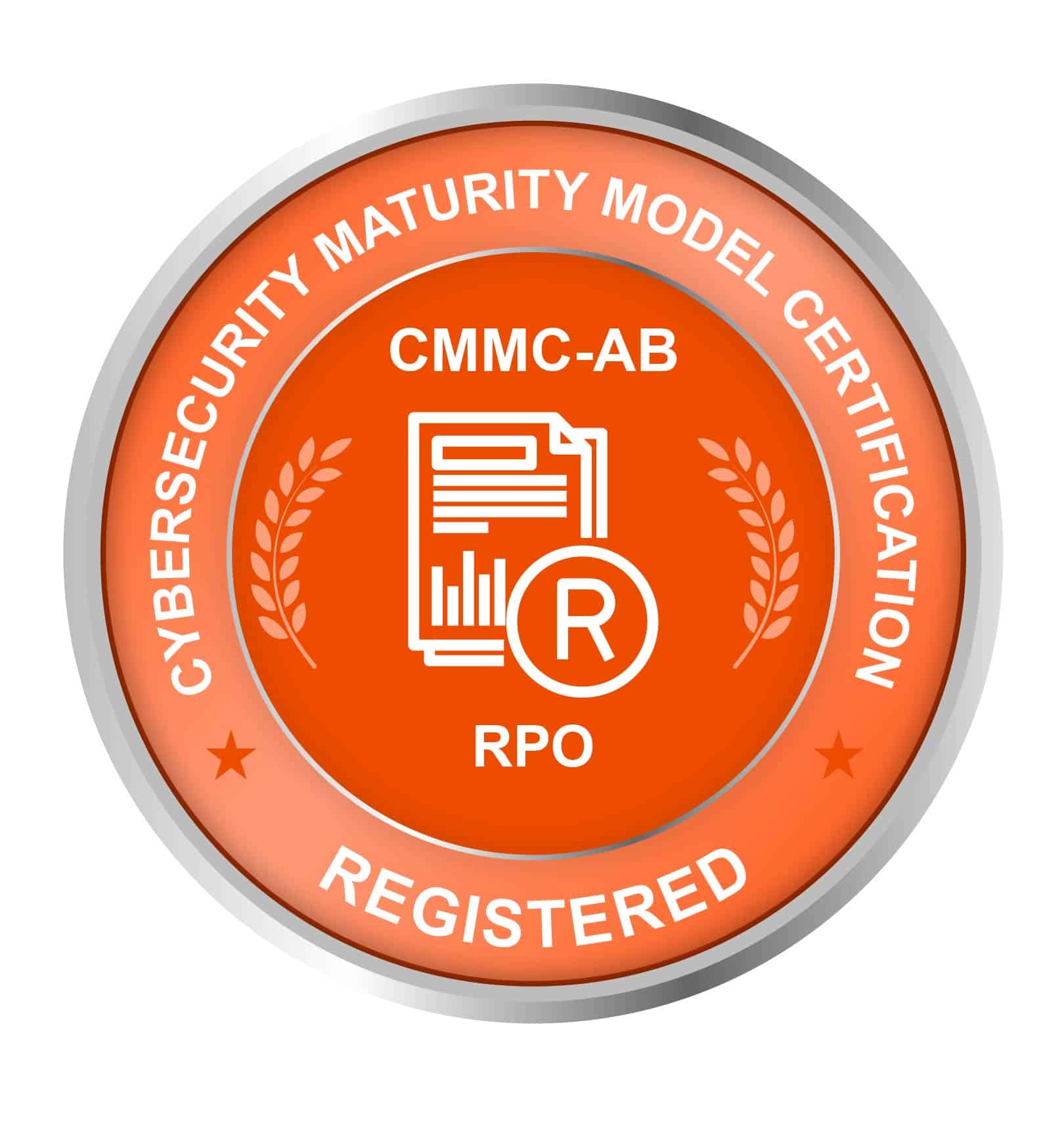Digital Transformation KPIs for Measuring Success
More and more companies are adopting digital transformation and leveraging technology to improve every aspect of their business. In fact, according to the International Data Corporation (IDC), digital transformation investments will represent 55% of all ICT investments by 2024.
But investing millions of dollars without proper measurement can be counterproductive. According to IBM, 84% of companies fail to achieve digital transformation. That is largely because they aren’t keeping tabs on their efforts. You must define and measure the right Key Performance Indicators (KPIs) to ensure you’re on the right track in your digital transformation journey and accurately quantify the ROI on digital transformation investments and measure the impact of these initiatives on the organization.

What is Digital Transformation?
Digital transformation is the process of using digital technologies to transform existing traditional and non-digital business processes and services or creating new ones to meet changing business and market requirements and evolving customer expectations. This is completely altering how businesses are managed and operated and how value is delivered to customers. Digital transformation can take many shapes – it can be the rollout of digitization in a single department in an organization or an enterprise-wide change. While every digital transformation initiative will have its own specific goals, the main purpose of any digital transformation is to improve your current processes.
What are the Key Digital Transformation KPIs?
Settling on metrics to measure digital transformation can be challenging since digital transformation looks different for every company. But remember, good digital transformation KPIs are always tied to a core business objective and are part of a sound business strategy. Here are the top KPIs that can make it easier for you to track the success of your digital transformation journey.
1. User Experience
User experience is the most important KPI to track when going through a digital transformation. This metric will allow you to track how well the users are navigating any new processes implemented and how well they perform and live up to expectations. How well are your users navigating? Do they have trouble understanding the processes? Do they know what actions are expected of them now? If users aren’t engaging the way you’d like, it’s because your technology isn’t useful enough for them to switch from their current processes.
Closely tracking user experience and getting their feedback is the best way to see how well they are adapting to the new technologies and will allow you to make adjustments as needed to make the digital transformation a success. Improve the User Experience (UX) and User Interface (UI) of your product and address pain points at the right time to keep your users engaged. Here are three metrics to measure user experience for your digital transformation project:
- Net Promoter Score
- Exit rate
- Employee satisfaction index
- Bounce rate
2. Rate of Innovation
Successful digital transformation deployments often include technology-supported changes to business models, product offerings, systems, and processes to enhance customer value, reduce costs, and secure growth. Although KPIs are unique to businesses, the innovation rate can be an excellent leading indicator for assessing efficiency and return on digital investments.
3. Employee Productivity
Productivity is one of the most important metrics for measuring operational efficiency. The bottom line of digital transformation is to create value by improving employee productivity and business performance through automation. After a successful digital transformation, the amount of work done by employees is expected to increase. This means higher revenue or profit will be generated per employee with time.
By tracking employees’ productivity (improvement in time to complete work by a worker), you can measure the efficiency of your digital transformation process. Has this project freed up employees, allowing them to spend time on more meaningful tasks? Can they get things done faster than they did before? For example, if you invested in a digital tool to support customer support, you can measure how many more support tickets your team could handle since implementing the new system.
4. New Revenue
Just like measuring productivity, you can measure how much your digital transformation directly impacts the bottom line. Companies that have implemented a digital transformation strategy report higher profits and greater employee engagement than other companies. In fact, 45% of companies that report a positive business impact of digital transformation also reported higher net revenue growth.
You can see how various digital tools support efforts to bring in more business. You can also look at customer feedback and retention to see if you could keep customers that may have been at risk of churning before any changes related to your digital transformation.
5. Digital transformation ROI
You should measure the Return on Investment (ROI) of new technologies that you integrate into your business processes in your overall organizational strategy. The benefits of the technologies you incorporate into your organization must outweigh the cost of resource use, such as time and investment spent. Calculating the ROI of a technology investment starts with the following formula: ROI = net gain/cost.
You can evaluate the ROI of your digital transformation by tracking how the digital tools you include in your business process improve your strategy goals, whether it is cost savings, increased productivity, customer experience improvements, or increased business growth. For example, is there an increase in the number of customers, or is there an improvement in the customer experience? These goals should be worked into the overall digital transformation plan and tracked using KPIs to ensure that your plan is on target. It’s also advisable to determine investment and value metrics and set a time frame to achieve predetermined goals.
Factors Affecting the Choice of KPIs
The above metrics are among the most fundamental to implement during any digital transformation effort, but several other factors can affect the metrics that are chosen, including:
- The goals of the digital transformation program: The stated goals of a transformation effort will be the primary areas to focus on when developing KPIs. These goals should be quantifiable and measurable, and they should be directly tied to improving specific business outcomes.
- External circumstances. Today’s business environment is continually changing, and those changes often dictate the direction of digital transformation efforts. Since the modern business world is so fast-paced, enterprise transformation programs should stay adaptable and agile as much as possible. This also means that the KPIs should adapt to external circumstances if needed.
Wrapping Up
Successful digital transformation empowers organizations by giving them the ability to quickly change or adapt to changes in the market. However, digital transformation is an ongoing process, and you have to keep measuring to ensure that you stay on track and identify any pitfalls.
If you’re embarking on a new digital transformation project, working with an experienced Tech Support provider like Orion Networks can make your transformation seamless. We can help you develop and implement a successful digital transformation strategy that allows you to adapt to change and outpace evolving demands. Contact us today to schedule a consultation!










